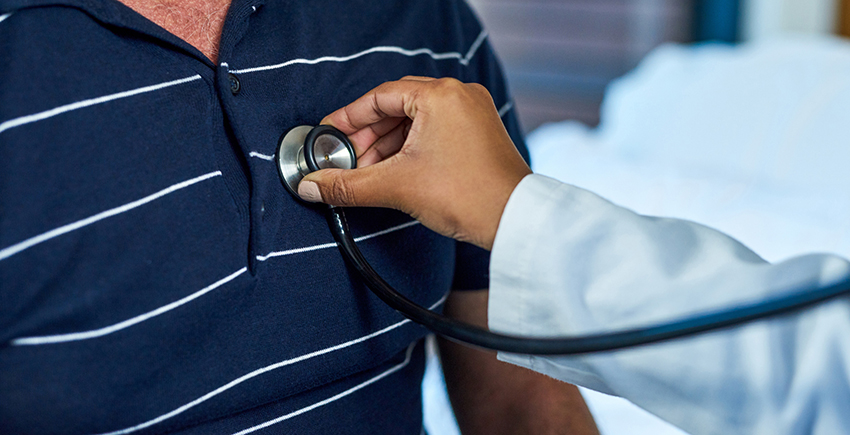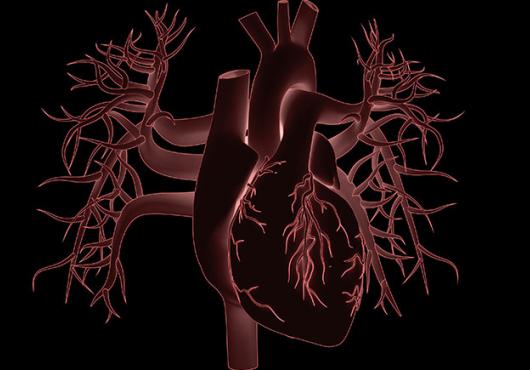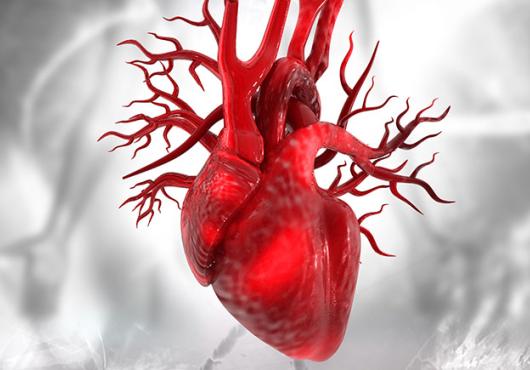
At a glance:
Certain types of extreme weather driven by climate change are linked to heart disease, according to a large-scale review of the subject.
Extreme temperatures, hurricanes, cyclones, and tropical storms were tied to increased risk of heart disease.
Effects were most pronounced among older adults, racial and ethnic minorities, and low-income communities.
As rising global temperatures fuel extreme weather such as heat waves, floods, and hurricanes, those events appear to be taking a toll on heart health, according to Harvard Medical School researchers at Beth Israel Deaconess Medical Center.
In a new study, published June 12 in JAMA Cardiology, the team identified potent links between climate change-related environmental stressors such as extreme temperatures and hurricanes and cardiovascular illness, particularly among vulnerable populations.
The study, believed to be the first in-depth, large-scale analysis of past research on this subject, draws data from 492 observational studies.
Amplifying heart disease risk
Cardiovascular disease (CVD) is the leading cause of death worldwide, accounting for about one in every three deaths. Improvements in heart disease prevention, treatment, and intervention have led to substantial declines in cardiovascular deaths in recent decades, but climate change caused by the ongoing combustion of fossil fuels may be undermining some of these gains.
NASA confirms that the average global temperature has risen by more than two degrees Fahrenheit (1.1 Celsius) over the past century, leading to long-term shifts in average weather patterns, disturbing ecosystems, and elevating sea levels. The 10 hottest years on record have all occurred in the past decade.
Although the precise mechanism by which extreme weather fuels cardiovascular risk remains unclear, the link has a range of possible explanations, said corresponding author Dhruv Kazi, HMS associate professor of medicine at Beth Israel Deaconess.
For example, the stress of living through an extreme weather event may trigger acute episodes among those already at risk of CVD or who have preexisting CVD. Exposure to ozone or wildfire smog can trigger systemic inflammation. Living through a natural disaster can cause psychologic and physiologic distress, while hurricanes and floods may disrupt health care delivery due to power outages and supply chain issues.
“We know that these pathways have the potential to undermine the cardiovascular health of the population,” said Kazi, “but the magnitude of the impact, and which populations will be particularly susceptible, needs further study.”
From heat waves to hurricanes
Kazi and colleagues sifted through nearly 21,000 peer-reviewed studies published between 1970 and 2023 that evaluated associations between acute cardiovascular episodes — such as heart attacks, strokes, heart rhythm disturbances, CVD death, and CVD health care usage — and climate change-related events.
Of the 492 global observational studies that met the team’s inclusion criteria, 182 examined extreme temperature, 210 looked at the effects of ground-level ozone, 45 investigated wildfire smoke, and 63 studied extreme weather events such as hurricanes, dust storms, and droughts.
The investigators found a strong link between exposure to extreme temperatures and increased incidence of cardiovascular risk and death, with the effects varying depending on the temperatures and duration of exposure. Ground-level ozone levels amplified the risk associated with higher temperatures, and vice versa.
Extreme events such as tropical storms, hurricanes, and cyclones were also linked to increased cardiovascular risk, which persisted for months after the severe weather. A study of Hurricane Sandy, which caused nearly $20 billion in damages and lost economic activity across New York City in 2012, showed that the risk of death from cardiovascular disease remained elevated up to 12 months after the storm.
Evidence linking other weather events with CVD — particularly wildfire smoke, floods, drought, and mudslides — was mixed, the team found. While some studies showed that exposure to wildfire smoke, which can affect populations hundreds of miles from the source, increased the risk of events such as cardiac arrest — a sudden cessation of the heart’s normal pumping — others did not find such an effect.
Weathering the storm
The authors note that clinicians should be aware of cardiovascular risk related to weather events within their communities. For instance, they said that in areas prone to hurricanes or flooding, clinicians should assist patients, particularly those with known heart disease or serious risk factors, in developing contingency plans to ensure uninterrupted access to medications and health care as needed. And health systems should evaluate the resilience of their infrastructure to climate change.
Clinicians should also understand that climate-related cardiovascular risk varies, with older adults, individuals from racial and ethnic minority groups, and lower-income communities particularly vulnerable to its effects. Each patient’s risk is shaped not only by weather events, but also by baseline health status, access to health care, and resources to respond to extreme weather. The authors say that a framework for assigning patients “climate change CVD risk scores” is urgently needed.
The review also identified a concerning gap in knowledge on climate change-related effects on cardiovascular risk in lower-income nations. Only one study out of the nearly 500 was conducted in a low-income country (Burkina Faso) and only five were based in Africa, where climate change is expected to have disproportionate effects.
The analysis was not designed to untangle exactly how weather fuels CVD risk. The authors recommend that future studies explore the biological and socioeconomic mechanisms underlying these links, which could offer insights into the best ways to bolster patients’ resilience against extreme weather events as they become more common.
Authorship, funding, disclosures
Additional authors include Chia-Liang Liu, Nora Al-Roub, Richard Chaudhary, Daniel Kramer, Diane Young, Megan McNichol, and Mary Rice of Beth Israel Deaconess; Ethan Katznelson of Weill Cornell Medical Center; Loretta Mickley of Harvard University; Wayne Cascio of the United States Environmental Protection Agency; and Aaron S. Bernstein of Boston Children’s Hospital.
This work was supported by the Burke Fellowship from the Harvard Global Health Institute, Harvard University, and institutional funds from the Richard A. and Susan F. Smith Center for Outcomes Research at Beth Israel Deaconess. The authors declare no competing interests.





